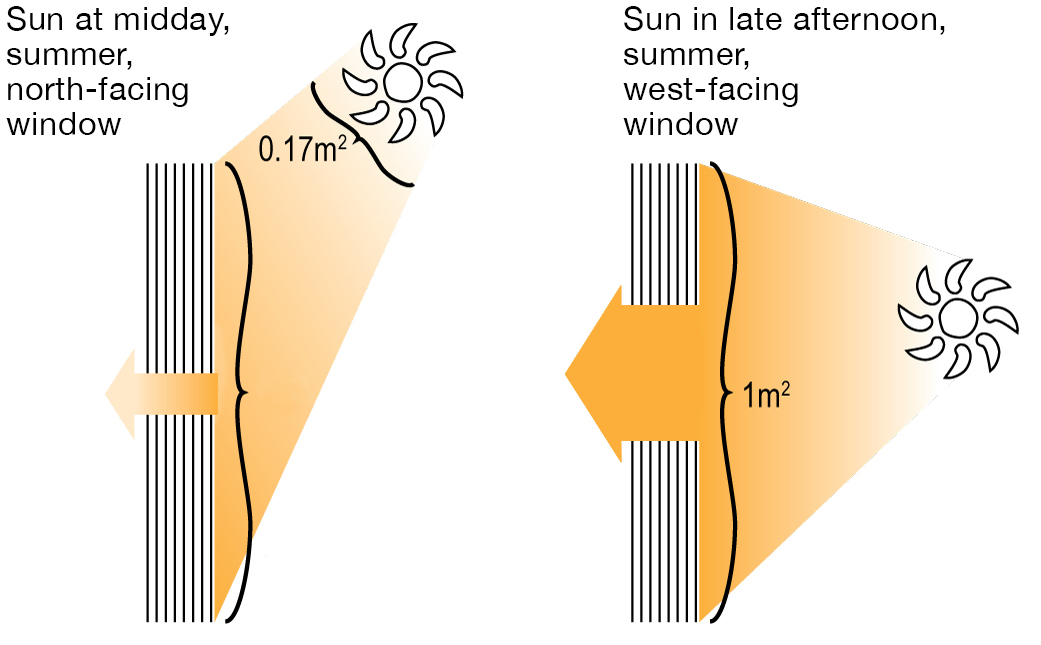All Categories
Featured
Table of Contents
What Are The Advantages Of Double Glazed Windows? in Swanbourne WA
Laminated glass is typically used in locations in the house most vulnerable to injury from human effect such as restrooms, doors, around staircases and in areas close to the flooring (it satisfies the requirements of 'shatterproof glass' that is mandated for use in these areas by Australian Basic AS 1288 Glass in buildings).
Toughened glass has actually been 'tempered' by being reheated and rapidly cooled again. This process makes it much stronger than basic glass it can resist higher impact loads prior to breaking. It also makes it much safer since, when it does shatter, it gets into many small cubic pieces rather than harmful fragments.
Upvc Double Glazed Windows Australia in Darlington Perth
Nevertheless, toughened glass has no thermal or acoustic advantages over other glass of the exact same toning or density. Secondary glazing is where single-glazed windows are retrofitted with a transparent acrylic or glass sheet attached to the inside of the frame or openable sash with a secondary frame or with magnetic strips.


Secondary glazing will not perform too thermally as a produced IGU, because it is difficult to completely seal the border, however it can supply good sound control. Window films are a thin polymer movie containing a taking in dye or reflective metal layer, with an adhesive support. They stay with your glazing to alter its colour or make it reflective.
Guide To Double Glazing – Functional And Energy Efficient in Alexander Heights Western Australia
Applied to existing glass, some window films can cut in half the general SHGC of the window by soaking up and/or reflecting solar radiation. This can be particularly beneficial in hotter climates where cooling is the main concern, or on east and west elevations straight exposed to extended periods of sunshine. However, window films might likewise reduce visible light transmittance.

For this factor, it is usually best to use a certified installer of window movie. Frames have a significant effect on the thermal performance of doors and windows, because energy can be gained and lost through the frame, in addition to through the glass. Different types of frame will allow various levels of heat gain and loss, so mindful option of frame is necessary for reliable passive design.
Why Double-glazed Windows Are A Must in Bull Creek WA
Aluminium is likewise an extremely excellent conductor of heat and will reduce the insulating worth of a glazing system, unless specifically crafted to reduce this. A 'thermally broken' frame is made up of 2 aluminium sections linked by a structural insulator (usually a low-conductivity structural polymer). This 'breaks' the thermal connection through the aluminium and minimizes the heat flowing through the frame.
They can be expensive, but rates are decreasing as they end up being more common. Timber frames are an excellent natural insulator that can match some house styles. Wood frames need to be made from species that have naturally high resilience or be treated to avoid decay and deformation. Examine that the wood is sourced from a sustainably handled forest.
Double Glazing in Joondalup WA
This can result in spaces that enable air infiltration unless great draught sealing (weather removing) is set up. u, PVC is a type of plastic (unplasticised polyvinyl chloride, likewise called rigid PVC). u, PVC frames supply excellent thermal efficiency, typically much better than lumber or thermally broken aluminium. u, PVC is long enduring and needs very little maintenance, and can be moulded into complicated profiles that supply excellent air seals.
u, PVC doors and windows have outstanding thermal performance Photo: Ben Wrigley (Light House Architecture and Science) Composite frames utilize aluminium profiles on the outer sections with either a wood or u, PVC inner area. These combine the low maintenance and resilience of aluminium with much improved thermal efficiency.
Latest Posts
Pros And Cons Of Argon Gas In Windows in Ridgewood WA
Does Double Glazing Have A Vacuum? in Shoalwater WA
Double & Triple Glazing Windows In Warwickshire in Perth